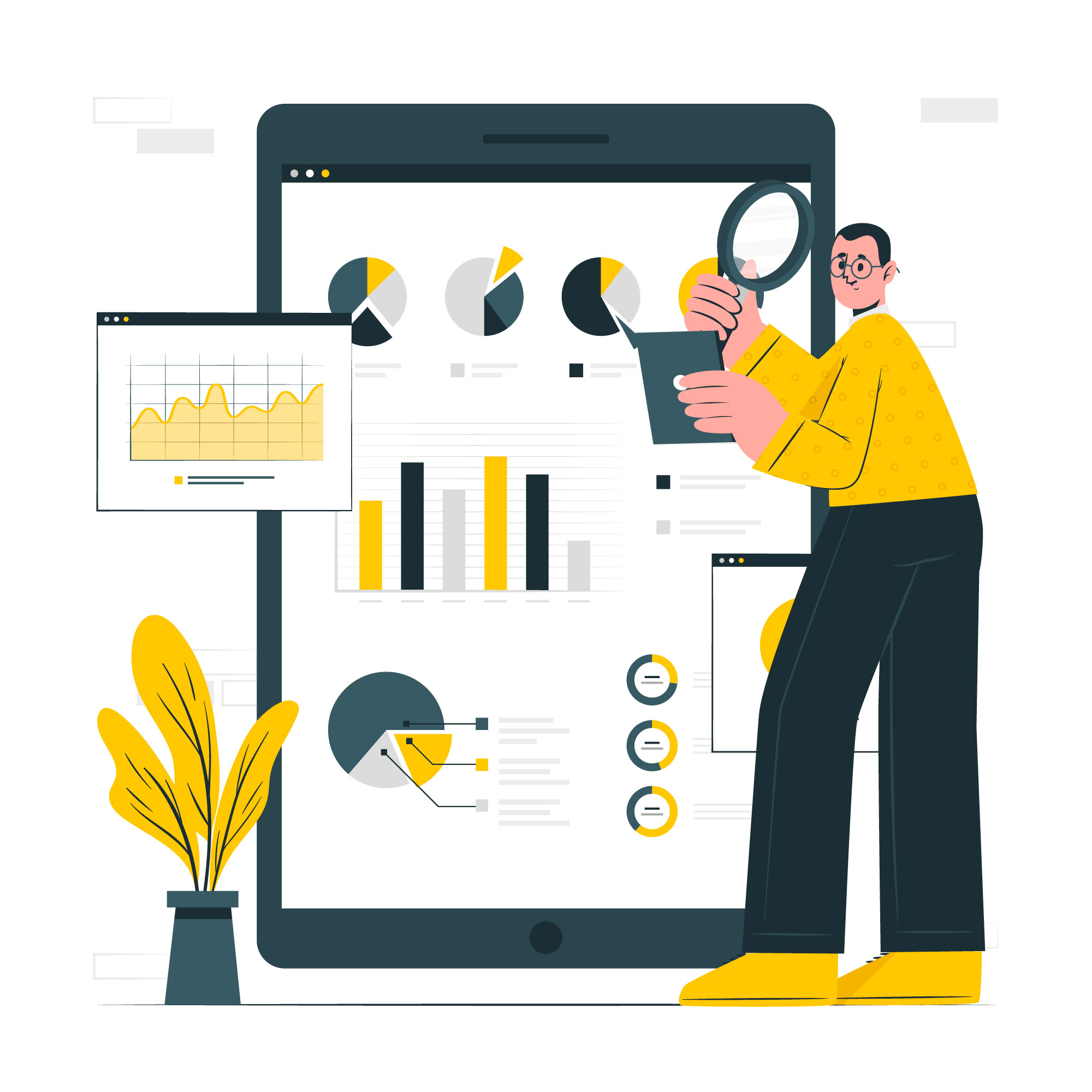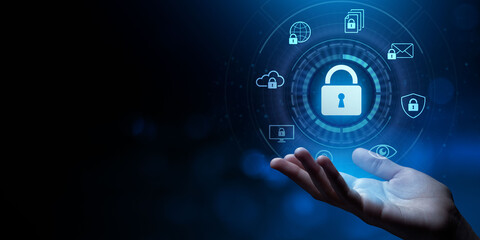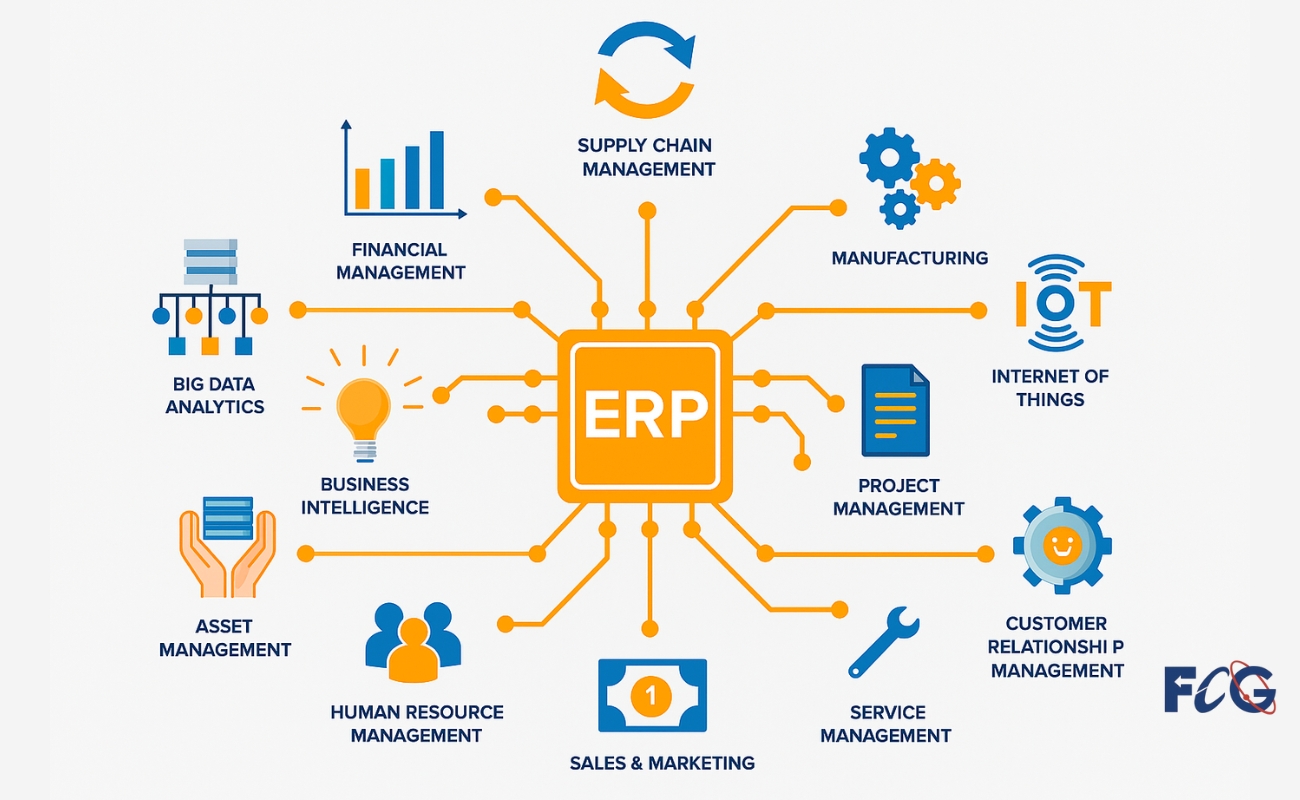Why Screenshot Monitors are a Must Have for Distributed Teams
As distributed and remote teams become a norm for many organizations, managing these teams effectively presents a unique set of challenges. One of the key concerns for managers is ensuring accountability, boosting productivity, and maintaining trust among team members. A screenshot monitor can play a pivotal role in overcoming these challenges. In this article, we’ll explore why screenshot monitors are essential for distributed teams and how they can help improve your team’s overall efficiency.
What is a Screenshot Monitor?
A screenshot monitor is a tool that captures periodic screenshots of employees’ screens while they’re working. These tools help monitor the progress and productivity of remote employees, ensuring that work is being done in accordance with expectations. Unlike traditional employee monitoring systems that might track keystrokes or active app usage, a screenshot monitor visually represents what employees are doing at a specific moment in time.
Common Features of a Screenshot Monitor:
- Scheduled Screenshots: Automatically captures screenshots at regular intervals.
- Real-Time Monitoring: Allows managers to access employee screens in real time.
- Activity Logs: Keeps a log of screenshots and activities for review.
- Performance Reports: Provides summaries of employee productivity based on monitored activities.
Why Distributed Teams Need Screenshot Monitors
In a distributed work environment, where team members often work from different time zones and locations, staying connected and ensuring productivity becomes challenging. Here’s how a screenshot monitor addresses these challenges:
1. Ensuring Accountability in Remote Teams
When your team is spread out across various locations, it’s hard to keep track of who’s working on what and how much progress they’re making. Screenshot monitors help you ensure that remote employees are staying on task. By capturing screenshots at regular intervals, you can track the tasks employees are working on and how much time they’re dedicating to each task. This promotes accountability, as employees are aware that their work is being monitored, even if they’re working remotely.
2. Boosting Productivity and Preventing Distractions
Remote employees often face distractions from home or other non-work-related activities. A screenshot monitor helps keep employees focused on their tasks by providing managers with insights into how their time is spent. If an employee is spending too much time on social media or other non-work activities, you can step in to address the issue and provide guidance. This kind of monitoring can help prevent distractions and boost overall productivity.
3. Tracking Task Progress and Milestones
A screenshot monitor not only helps track employee activity but also provides a visual record of task progress. This can be especially helpful for long-term projects where managers need to verify milestones or specific project stages. By reviewing the captured screenshots, managers can confirm that the right tasks are being completed on time, and necessary adjustments can be made to stay on schedule.
4. Maintaining Data Security and Confidentiality
For distributed teams working remotely, ensuring data security and confidentiality is critical. A screenshot monitor can provide a layer of security by monitoring access to sensitive documents and verifying that employees are following company protocols regarding data handling. This type of monitoring ensures that company data is secure and that employees are complying with organizational security policies.
How Screenshot Monitors Improve Team Management
Screenshot monitors do more than just track what employees are doing; they provide actionable data that can be used to manage teams more effectively. Let’s look at how screenshot monitoring can improve team management in distributed teams:
1. Real-Time Tracking and Instant Feedback
With screenshot monitors, managers can see exactly what employees are doing at any given time. This real-time tracking allows managers to provide instant feedback and guidance if they notice any issues or areas for improvement. Instant feedback helps employees stay on track and feel supported, which leads to increased engagement and productivity.
2. Transparency and Building Trust
One of the biggest challenges in remote work is maintaining trust between managers and employees. With screenshot monitors, transparency is built into the process. When employees know their work is being monitored and that they’re held accountable, they are more likely to stay focused and productive. Transparency fosters a sense of trust between team members and management, ensuring a healthier work environment.
3. Providing Insights for Performance Analysis
A screenshot monitor provides valuable insights into employee performance. By analyzing the captured screenshots, managers can identify areas where employees may need additional support or training. For example, if an employee consistently struggles to complete tasks on time, the screenshots can help identify whether they’re spending too much time on non-productive activities. This information allows managers to address performance issues proactively and help employees succeed.
Best Practices for Implementing Screenshot Monitors
While screenshot monitors are powerful tools for distributed teams, it’s important to implement them in a way that respects employee privacy and promotes a positive work culture. Here are some best practices to follow:
1. Setting Clear Guidelines and Expectations
Before implementing screenshot monitoring, it’s important to set clear guidelines about what will be monitored, when, and how the data will be used. Employees should understand that the goal of monitoring is to support their productivity and not to penalize them. Setting these expectations upfront will prevent misunderstandings and help foster trust.
2. Respecting Employee Privacy
Even though screenshot monitors capture employees’ activities, it’s crucial to balance monitoring with respect for privacy. Ensure that employees are aware of what is being monitored and that personal data or private activities are not being tracked. Transparency and communication about the tool’s purpose are key to maintaining a positive relationship with employees.
3. Utilizing Monitoring Data for Improvement, Not Punishment
The data collected by screenshot monitors should be used to help employees improve, not as a tool for punishment. Use the insights gained from monitoring to provide constructive feedback, recognize achievements, and identify areas where employees may need additional training or support.
The Future of Screenshot Monitoring for Distributed Teams
As remote work continues to grow, the future of screenshot monitoring will evolve with advancements in technology. AI-powered screenshot monitors may soon be able to provide even more insightful data, offering predictive analysis and personalized feedback based on employee activity. At the same time, there will be a greater emphasis on ensuring ethical monitoring practices and maintaining a healthy work-life balance for remote employees.
Conclusion
In a distributed work environment, screenshot monitors are an essential tool for ensuring accountability, improving productivity, and maintaining trust between managers and employees. When used appropriately, these tools can help streamline workflows, boost team performance, and create a more efficient and secure work environment. By following best practices and using screenshot monitors as a tool for improvement rather than surveillance, you can foster a more engaged and successful distributed team.
Also Read
Maximizing Productivity with Remote Employee PC Monitoring Software














Post Comment